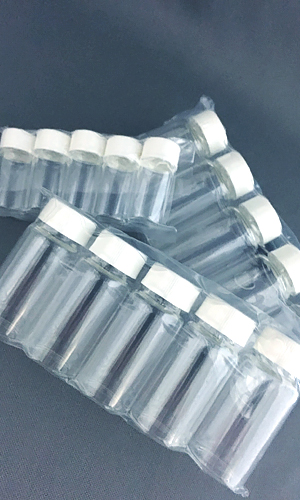Organic EL Cap Glass
We process glass for sealing the back surfaces of organic electroluminescence (EL) elements to protect them. We also process patterned etching (spot facing) onto glass sheets.
- Delivery formats
- We can provide both (1) large sheets for dividing into multiple pieces and (2) cut products for individual use.
- Glass sheet thickness
- No specific restrictions, but we have processed sheets of 0.3 mm and greater thickness.
- Etching depth
- 50 to 700 μm (in-house results)
- Depth precision
- ±50μm
- Etching methods
- (1) Etching processing, (2) Sand blasting + etching processing
- Surfacing processes
- Glass surfaces can be processed according to customer requests, such as: (1) transparent finish, (2) roughened finish, (3) frosted finish, and (4) with holes added.
We can handle small-lot manufacturing orders. We also accept requests for prototyping.











